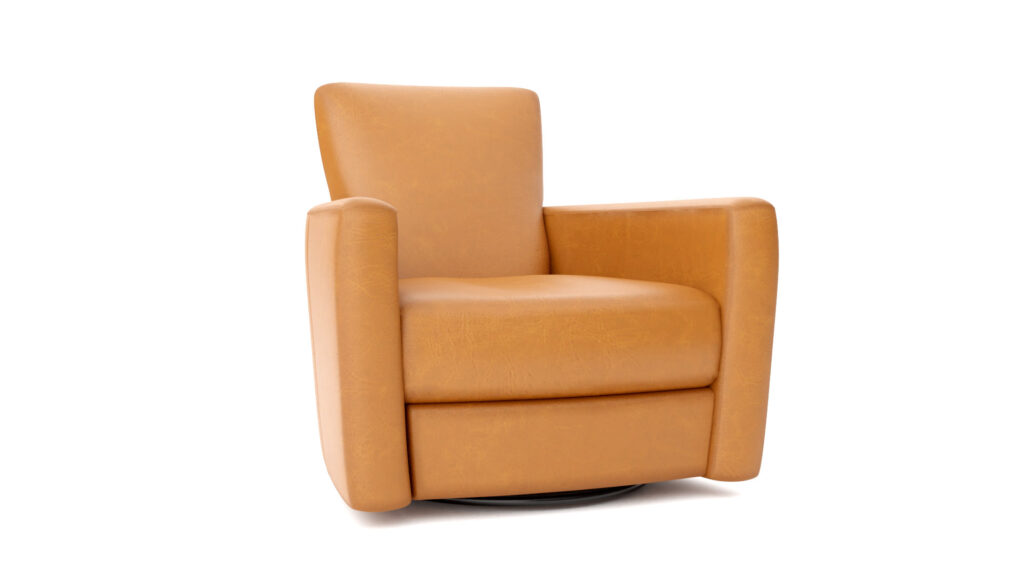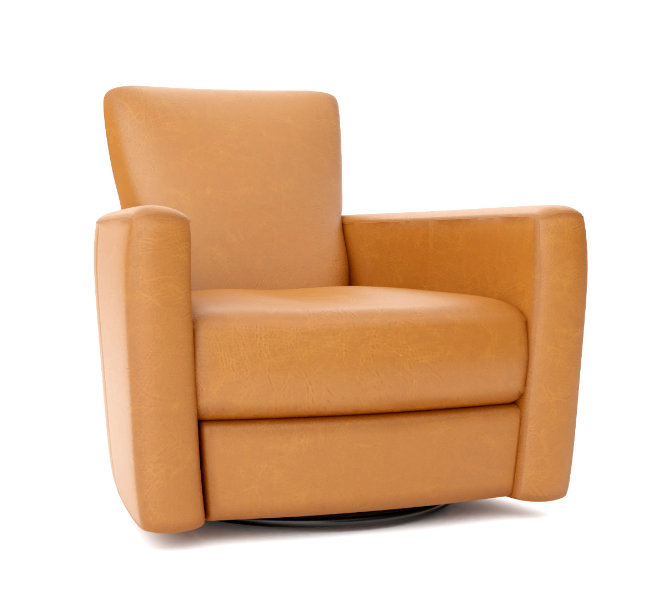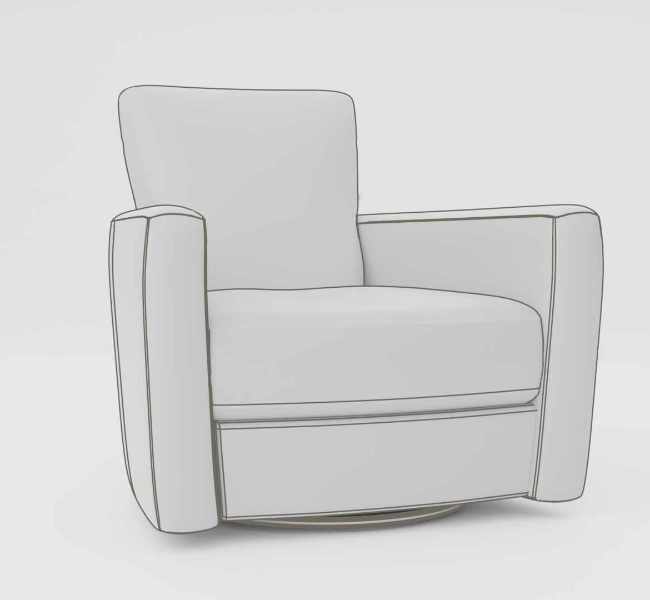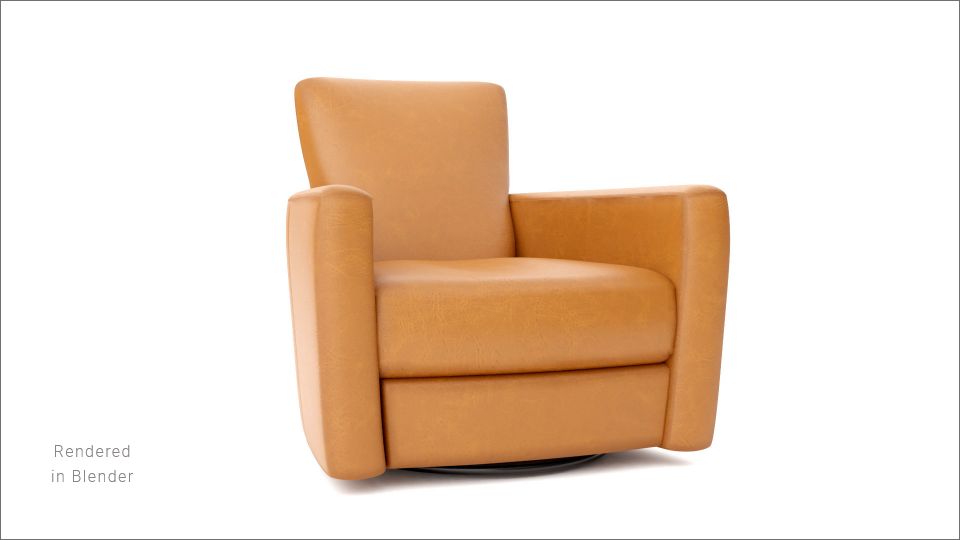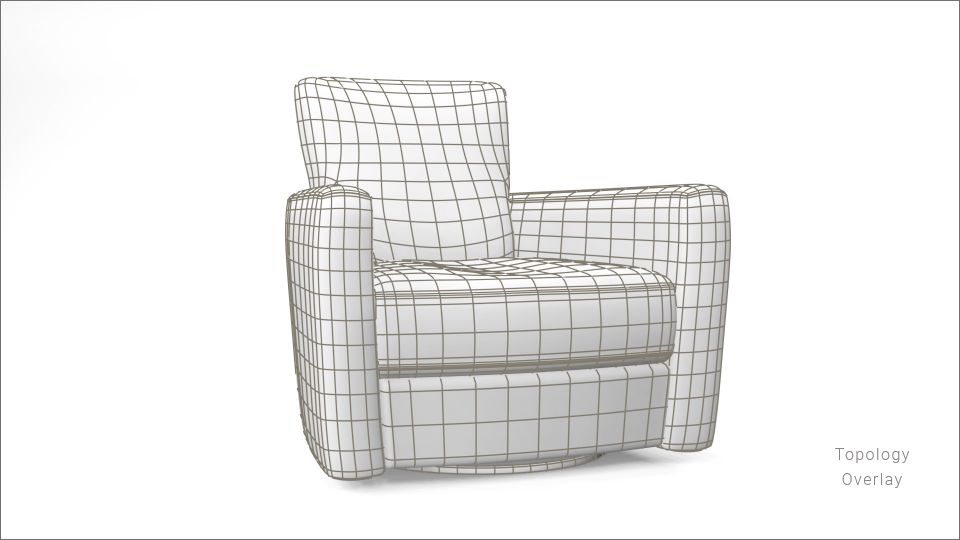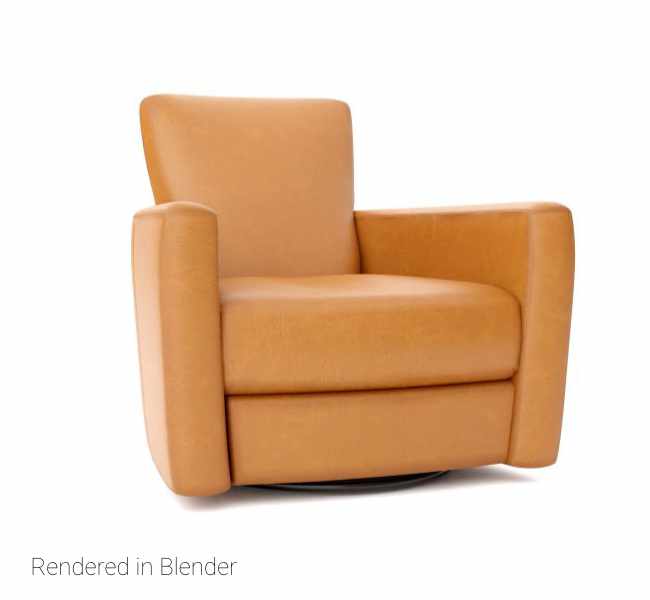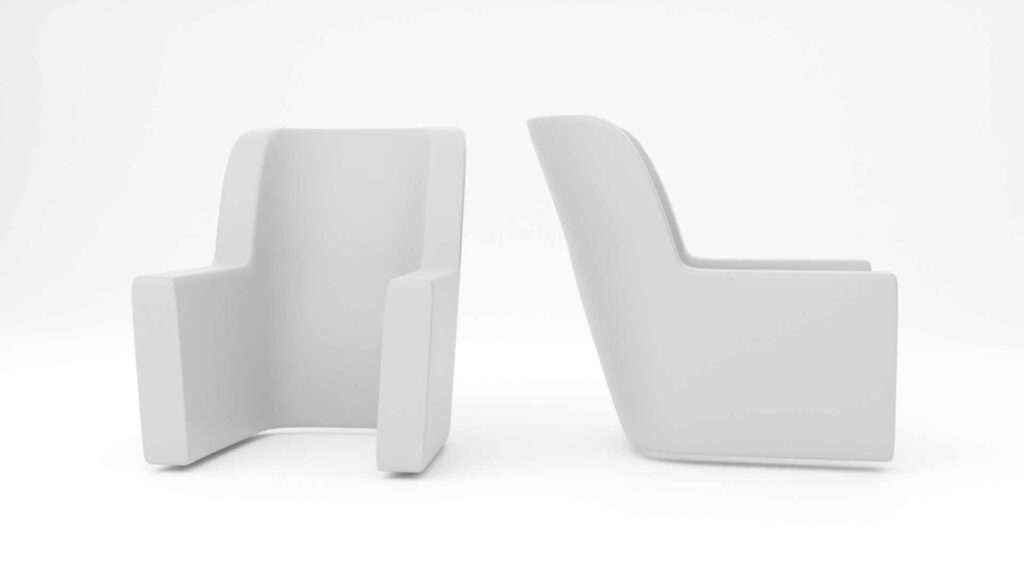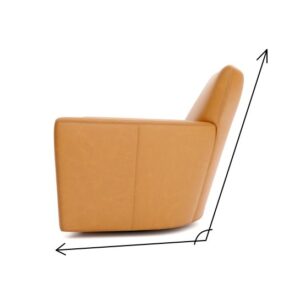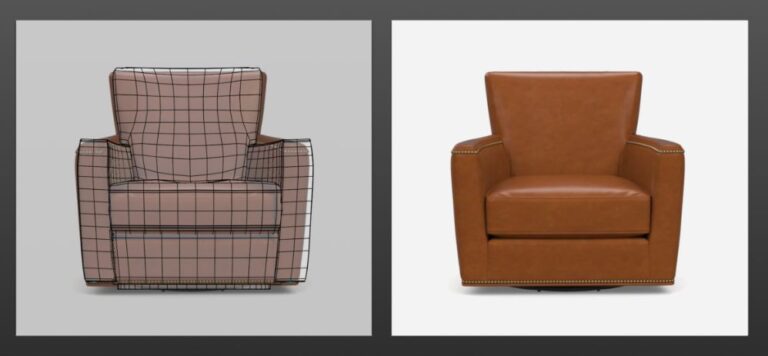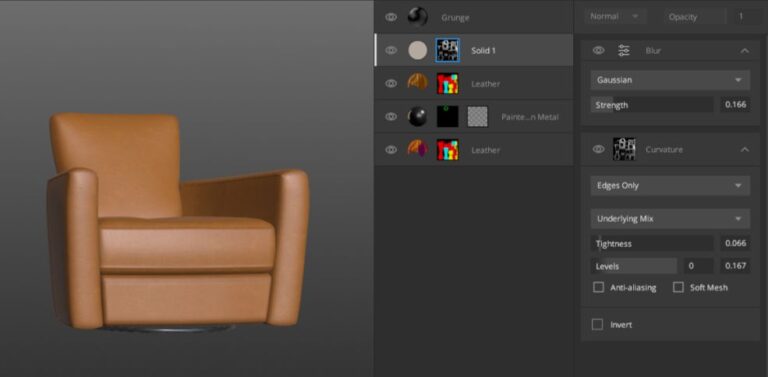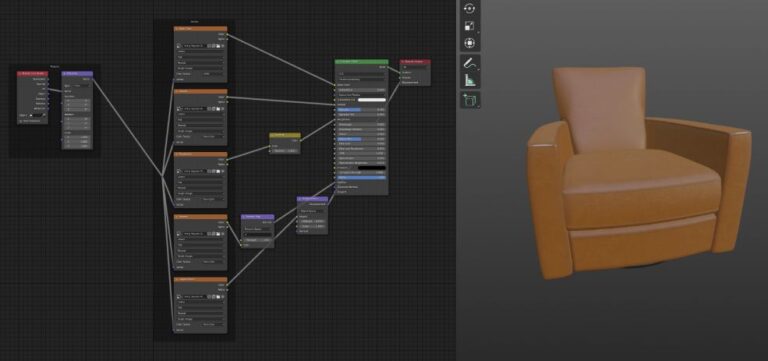Modeling Details
Begining the process
Identifying the problem
The back cushion is what gave me the most problems. In the front, the cushion is not connected to the arms of the chair. However, it seamlessly connects to the arms in the back of the chair.
finding a the solution
To address this, I made sure to use reference images as an overlay. I continuously switched between the top, side, and front view to make sure that the angles were all lining up properly. I was mindful about the slight differences of perspective due to the references images not being orhographic. In the end, I made sure that this chair was properly scaled.
